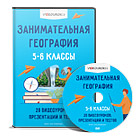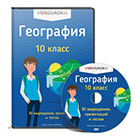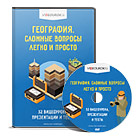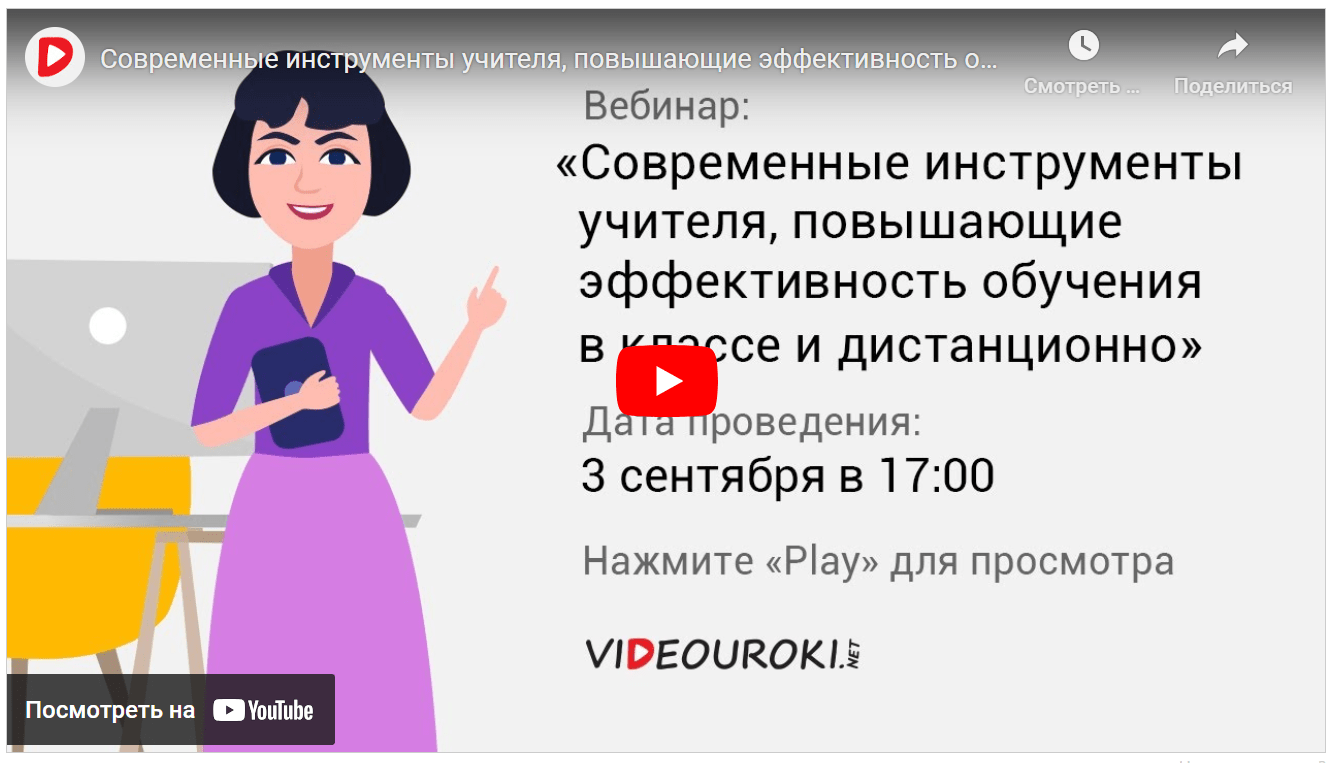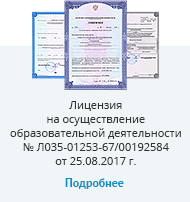Просмотр содержимого документа
«Информатика и втипо и ис»
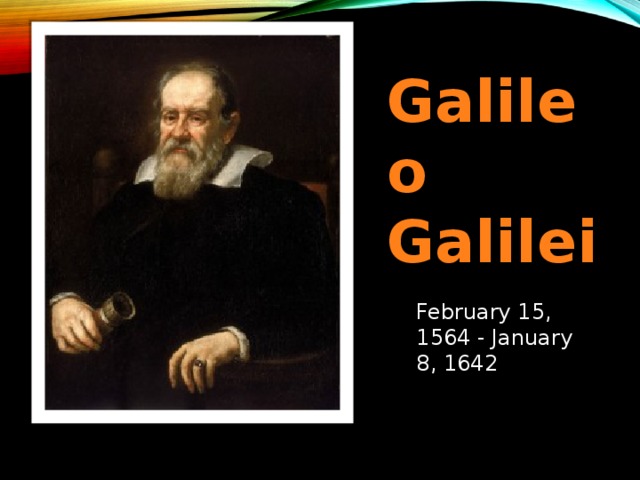
Galileo Galilei
February 15, 1564 - January 8, 1642

Early Life
Galileo Galilei was born on 15 February 1564 in Pisa, Italy. There were six children in a family of Vincenzo Galilei and Giulia Ammannati and he was the eldest. Only four children of their family survived. His father was a noted lutenist and his work was associated with music. It is known that the youngest brother of Galileo, Michelangelo, became a lutenist too. Galileo’s name was borrowed from his ancestor Galileo Bonaiuti who was a doctor, politician and teacher. He was born in 1370 and died in 1450. The surname of the family changed from Bonaiuti to Galilei in those years. Galileo Bonaiuti was buried in the Basilica of Santa Croce in Florence and two centuries later his noted offspring was buried in the same place.
Galileo Galilei was in a relationship with Marina Gamba and they had 3 children born out of wedlock. His eldest daughter, Virginia, was born in 1600 and the second daughter, Livia, was born in 1601. Galileo’s third child, Vincenzo, was born in 1606. Because of illegitimate birth his daughters chose the religious life. Both Livia and Virginia spent their whole life remaining at the convent of San Matteo in Arcetri.

Galileo Galilei was the founder of experimental and mathematical method of studying nature. He left a detailed account of this method and formulated the major principles of the mechanical world. His research fundamentally influenced the development ofscientific thought. It is he who goes back to physics as a science.

Career as a scientist
At the age of 17 Galileo Galilei entered the University of Pisa where he studied medicine. He also was interested in mathematics, astronomy and mechanics. In 1589 he became a professor of mathematics at the University of Pisa. From 1592 to 1610 he began to teach mathematics, astronomy and mechanics at the University of Padua.
It is also known that Galileo worked on improvement of design of the telescope and invented different implements like an improved compass. He considered that theory of heliocentrism was right and most of astronomers did not agree with his opinion. As the saying goes Galileo Galilei said the famous phrase “And yet it moves” when he recanted his belief that the Earth moves around the Sun. He wrote a lot of scientific books including Two New Sciences which became his final book.

Death
Galileo Galilei died at the age of 77 in 1642. In 1737 he was reburied and the monument was put up in his honour at the burial place. While a reburial a tooth and 3 fingers were removed from his body and one of those fingers is now reposited in the Museo Galileo in Florence.

Inventions
hydrostatic weight

thermoscope

The first telescope was built in 1609 by Galileo Galilei.

![Astronomy Galileo showed the Doge of Venice how to use the telescope (fresco by Giuseppe Bertini) It was on this page that Galileo first noted an observation of the moons of Jupiter. This observation upset the notion that all celestial bodies must revolve around the Earth. Galileo published a full description in Sidereus Nuncius in March 1610 The phases of Venus, observed by Galileo in 1610 Based only on uncertain descriptions of the first practical telescope which Hans Lippershey tried to patent in the Netherlands in 1608,Galileo, in the following year, made a telescope with about 3x magnification. He later made improved versions with up to about 30x magnification.[108] With a Galilean telescope, the observer could see magnified, upright images on the earth—it was what is commonly known as a terrestrial telescope or a spyglass. He could also use it to observe the sky; for a time he was one of those who could construct telescopes good enough for that purpose. On 25 August 1609, he demonstrated one of his early telescopes, with a magnification of about 8 or 9, to Venetian lawmakers. His telescopes were also a profitable sideline for Galileo, who sold them to merchants who found them useful both at sea and as items of trade. He published his initial telescopic astronomical observations in March 1610 in a brief treatise entitled Sidereus Nuncius](https://fsd.multiurok.ru/html/2018/09/18/s_5ba1369e88842/img9.jpg)
Astronomy
Galileo showed the Doge of Venice how to use the telescope (fresco by Giuseppe Bertini)
It was on this page that Galileo first noted an observation of the moons of Jupiter. This observation upset the notion that all celestial bodies must revolve around the Earth. Galileo published a full description in Sidereus Nuncius in March 1610
The phases of Venus, observed by Galileo in 1610
Based only on uncertain descriptions of the first practical telescope which Hans Lippershey tried to patent in the Netherlands in 1608,Galileo, in the following year, made a telescope with about 3x magnification. He later made improved versions with up to about 30x magnification.[108] With a Galilean telescope, the observer could see magnified, upright images on the earth—it was what is commonly known as a terrestrial telescope or a spyglass. He could also use it to observe the sky; for a time he was one of those who could construct telescopes good enough for that purpose. On 25 August 1609, he demonstrated one of his early telescopes, with a magnification of about 8 or 9, to Venetian lawmakers. His telescopes were also a profitable sideline for Galileo, who sold them to merchants who found them useful both at sea and as items of trade. He published his initial telescopic astronomical observations in March 1610 in a brief treatise entitled Sidereus Nuncius
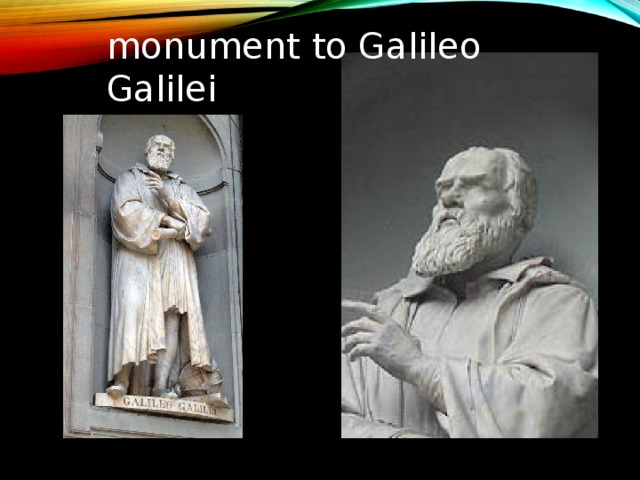
monument to Galileo Galilei
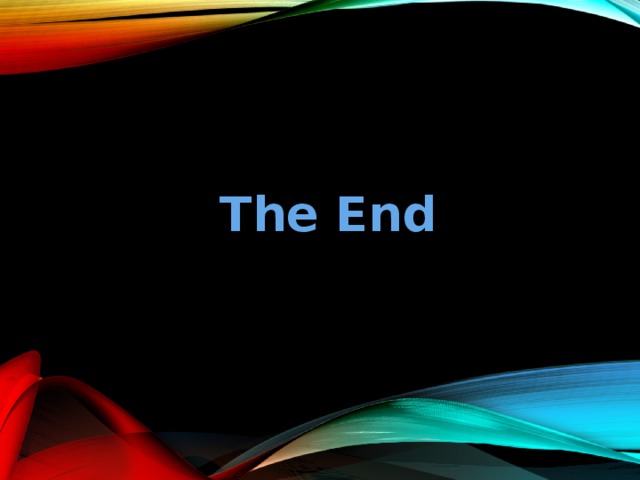
The End


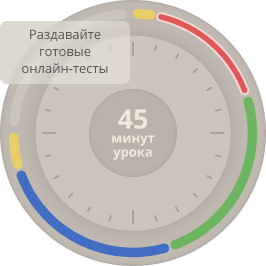












![Astronomy Galileo showed the Doge of Venice how to use the telescope (fresco by Giuseppe Bertini) It was on this page that Galileo first noted an observation of the moons of Jupiter. This observation upset the notion that all celestial bodies must revolve around the Earth. Galileo published a full description in Sidereus Nuncius in March 1610 The phases of Venus, observed by Galileo in 1610 Based only on uncertain descriptions of the first practical telescope which Hans Lippershey tried to patent in the Netherlands in 1608,Galileo, in the following year, made a telescope with about 3x magnification. He later made improved versions with up to about 30x magnification.[108] With a Galilean telescope, the observer could see magnified, upright images on the earth—it was what is commonly known as a terrestrial telescope or a spyglass. He could also use it to observe the sky; for a time he was one of those who could construct telescopes good enough for that purpose. On 25 August 1609, he demonstrated one of his early telescopes, with a magnification of about 8 or 9, to Venetian lawmakers. His telescopes were also a profitable sideline for Galileo, who sold them to merchants who found them useful both at sea and as items of trade. He published his initial telescopic astronomical observations in March 1610 in a brief treatise entitled Sidereus Nuncius](https://fsd.multiurok.ru/html/2018/09/18/s_5ba1369e88842/img9.jpg)


